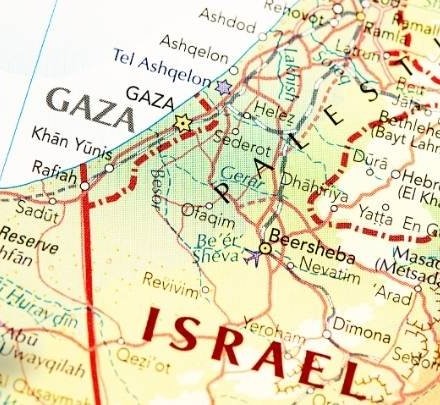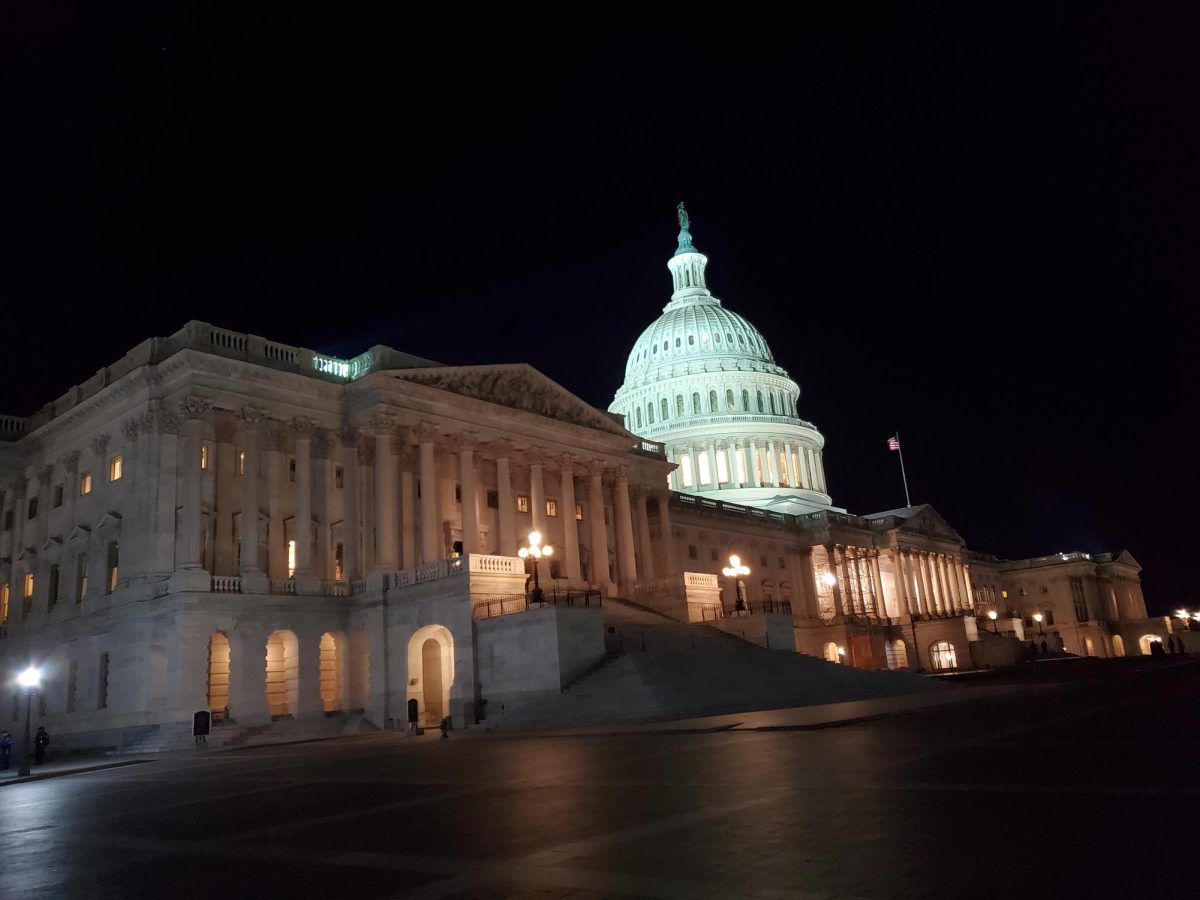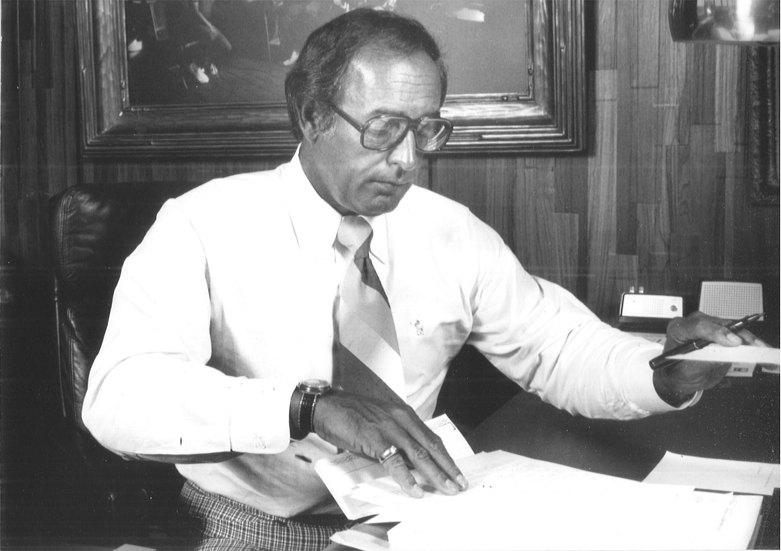As Hurricane Sandy swept across the East Coast this week, Haiti was just beginning to tally up the extensive damage that the storm wreaked throughout the country over the course of four days. Over 20 inches of rain fell in Haiti’s southern region, causing widespread devastation of crops, destruction of infrastructure, and at least 52 deaths.
“We are facing a major crisis,” Prime Minister Laurent Lamothe said this weekend after he flew over the regions that had been hit by the storm.
Haiti, the poorest country in the western hemisphere, has already had its fair share of natural disasters. The country was devastated by an earthquake in 2010 which killed some 200,000 people and left another 400,000 homeless. Hurricane Sandy also comes on the heels of Tropical Storm Isaac in August.
“You get so set back by each storm, it gets hard to keep the forward momentum,” said Deborah Jenson, the director of the Center for Latin American and Caribbean Studies at Duke University.
One of the major problems in Haiti with regard to natural disasters is the dramatic amount of deforestation that has occurred in Haiti, leaving the landscape bare and unable to guard against extreme winds and flash floods. The need for the restoration of forests and preventative infrastructure is great.
“Big decisions will be taken,” promised Prime Minister Lamothe, “because the state cannot continually be on the defensive every time it rains or there is a flood. We have to invest in prevention.”
France Hurtubise, a spokeswoman for the International Federation of Red Cross and Red Crescent Societies in Port-au-Prince, said on Monday: “There are still a lot of people in tents, every time there is a disaster, they are hurt the worst.”
Ms. Hurtubise continued by adding, “the same families who had their homes destroyed two months ago [are] back underwater.”
Haiti has also been battling a cholera epidemic that has spread to almost 600,000 people and killed 7,400 since 2010. Port-au-Prince’s earthquake survivor camps have reported 86 new cases and many more cases are expected to emerge from the communities that have been cut off by flooding.
The most immediate problem, however, is the extensive loss of crops which is likely to cause famine in the coming weeks.
“Most of the agricultural crops that were left from Hurricane Isaac were destroyed during Sandy,” said Prime Minister Lamothe, “so food security will be an issue.”
“We’ll have famine in the coming days, it’s an agricultural disaster,” Kechner Toussaint, the mayor of Abricots, a city on Haiti’s southwestern tip, told Reuters. Pierre-Evens Alexis, mayor of the town of Meniche in Haiti’s South Department, added, “There’s no water, no food, and people have lost their homes.”
Haitian authorities have long feared the widespread loss of crops for both commercial and subsistence farmers. This loss is twofold: First, it means that the people of Haiti will not have enough food to survive the coming months, and second, that they will not be able to export crops this year, which will further weaken Haiti’s economy.
Henry Desjardins, a farmer in Tiburon on Haiti’s lower southwest tip, says the main staples of the local diet have been drenched or wiped out.
“We were very badly hit,” says Desjardins. “80 percent of our crops were destroyed, especially our corn, beans and bananas.”
Haiti has been relying on international food aid since the earthquake in 2010, but the supply is quickly diminishing.
“These stocks are running dangerously low,” said George Ngwa, spokesman for OCHA, a humanitarian coordinating body in Haiti. “After Tropical Storm Isaac in August, these stocks have not been replenished. What we’re doing is scraping the bottom.”
The country is working on an appeal for more aid from the international community. Prime Minister Lamothe iterates, “we have a lot of work ahead of us in terms of the aid that we will need to deliver in the days, weeks and months to come.”






